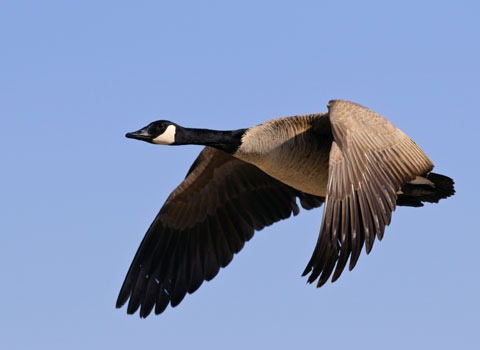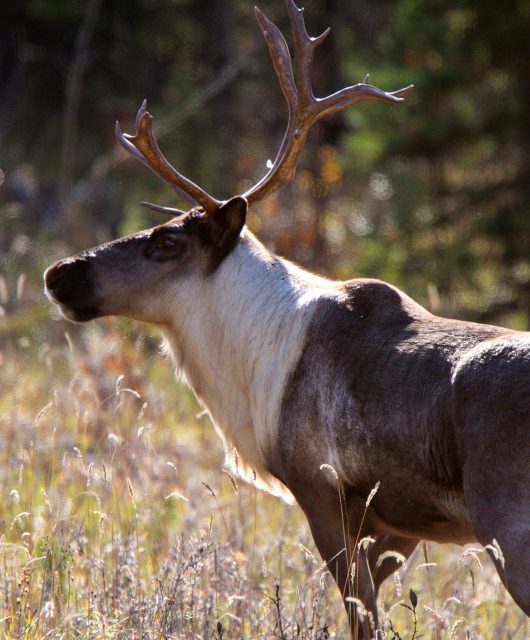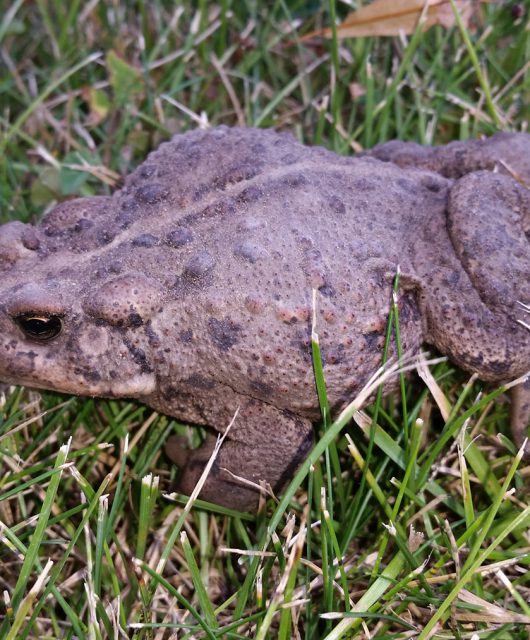
The geese are still here in Saskatchewan and flying low, not at the “50,000 foot” level used when migrating south and signalling that winter is really about to blow in. The beavers in this area have a lot of wood in front of their lodges – sign of a cold winter ahead! And the wasp nests are high off the ground – supposedly sign of a winter ahead with lots of snow.
This is a ‘forecast’ different than Environment Canada, which is saying El Nino, a large band of warm water near the equator in the Pacific Ocean, will result in weather much warmer than usual in most of Canada.
I don’t know whether the beavers, wasps or Environment Canada are right, but last week in Ottawa a few of us were talking about animal behaviour that indicates future weather, and several examples came up I had never heard of before from different places in Canada.
So after a bit more talk we agreed it was important to collect, preserve and use more of this kind of information about what wildlife behaviour tells you about the weather, so please share your stories with us!
Other examples we heard that day were:
- Wooly bear caterpillar – the wider the brown band on the wooly worm, the milder the winter will be.
- Squirrel – the bushier a squirrel’s tail in the fall, the colder the winter will be.
- Swallows – when swallows and swifts fly high to catch flying insects, expect warm weather.
- Bees/Butterflies – When bees and butterflies disappear from your flowerbeds, rain is on its way.
Remember to share your stories, knowledge (and pix if you have them) on what wild animal behaviours in your area help you anticipate the weather!
Rick Bates


